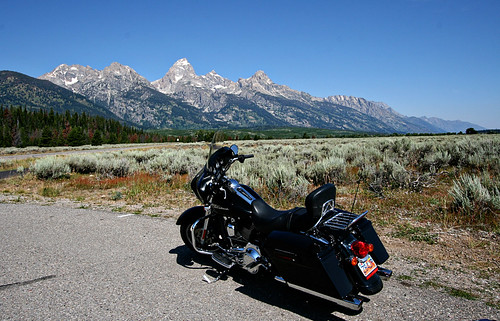Over the years I picked up a few hacks for shooting in a studio you can’t find in a photography store. These are things that are especially handy to have if you’re going to be shooting all day.
 My last studio had a concrete floor and I actually discovered how nice these were as a volunteer firefighter. We would train by crawling around in the station after filling it with theatrical fog. Only took one training session before I started wearing knee pads under my turnouts.
My last studio had a concrete floor and I actually discovered how nice these were as a volunteer firefighter. We would train by crawling around in the station after filling it with theatrical fog. Only took one training session before I started wearing knee pads under my turnouts.
The next day I tried them on a portrait shoot and loved them. I didn’t realize how much time I spent on one knee or the other as a photographer until I got these. Because they’re under you, you don’t have to worry about a green cast on anything you’re working on.
 Photography doesn’t draw as much power these days, but everything has a power connector. Not all the connectors will fit right on a regular power strip and you’ll lose outlets to odd size plugs. Not with a power squid, these are made to accommodate odd size connectors.
Photography doesn’t draw as much power these days, but everything has a power connector. Not all the connectors will fit right on a regular power strip and you’ll lose outlets to odd size plugs. Not with a power squid, these are made to accommodate odd size connectors.
Some have heavy duty fuses.
 I got this tip from a guy who used to design the stage sets for the rock band KISS.
I got this tip from a guy who used to design the stage sets for the rock band KISS.
Aircraft cable has boxes and boxes of different types of ends and connectors, available at any big box hardware store. Perfect for hanging backgrounds, especially when you’re working with a higher vertical than a background holder can handle. Some aircraft cable and a box of clamps and you can cover or hang almost anything.
 Indispensable in a photography studio. You can bungie light stands so they don’t get knocked over, or wrap a couple around the base and anchor them to 1 gallon jug of water for light stand or tripod ballast. I also use bungie cords to bundle light stand bags for easier transport.
Indispensable in a photography studio. You can bungie light stands so they don’t get knocked over, or wrap a couple around the base and anchor them to 1 gallon jug of water for light stand or tripod ballast. I also use bungie cords to bundle light stand bags for easier transport.
 Okay, you might find this indispensable tape in photography stores. Invaluable because it holds tight, but doesn’t tear or leave glue residue when it’s time to peel it off. Great for so many uses it’s almost impossible to list them. I used to have a big bungie cord loop of gaffer tape on my step ladder.
Okay, you might find this indispensable tape in photography stores. Invaluable because it holds tight, but doesn’t tear or leave glue residue when it’s time to peel it off. Great for so many uses it’s almost impossible to list them. I used to have a big bungie cord loop of gaffer tape on my step ladder.
On movie sets it’s not unusual to see people with loops of gaffer tape on their belt. I even saw an AD using gaffer tape to hem a pair of slacks one time.




